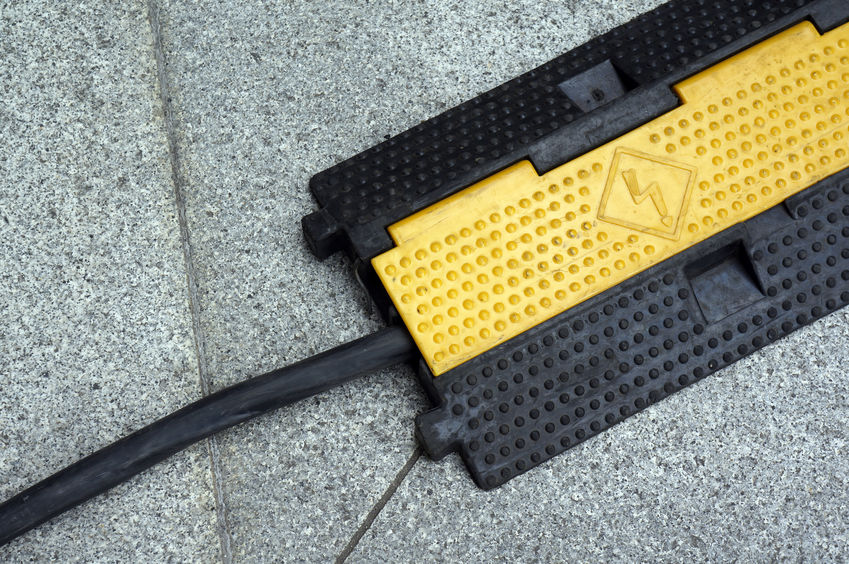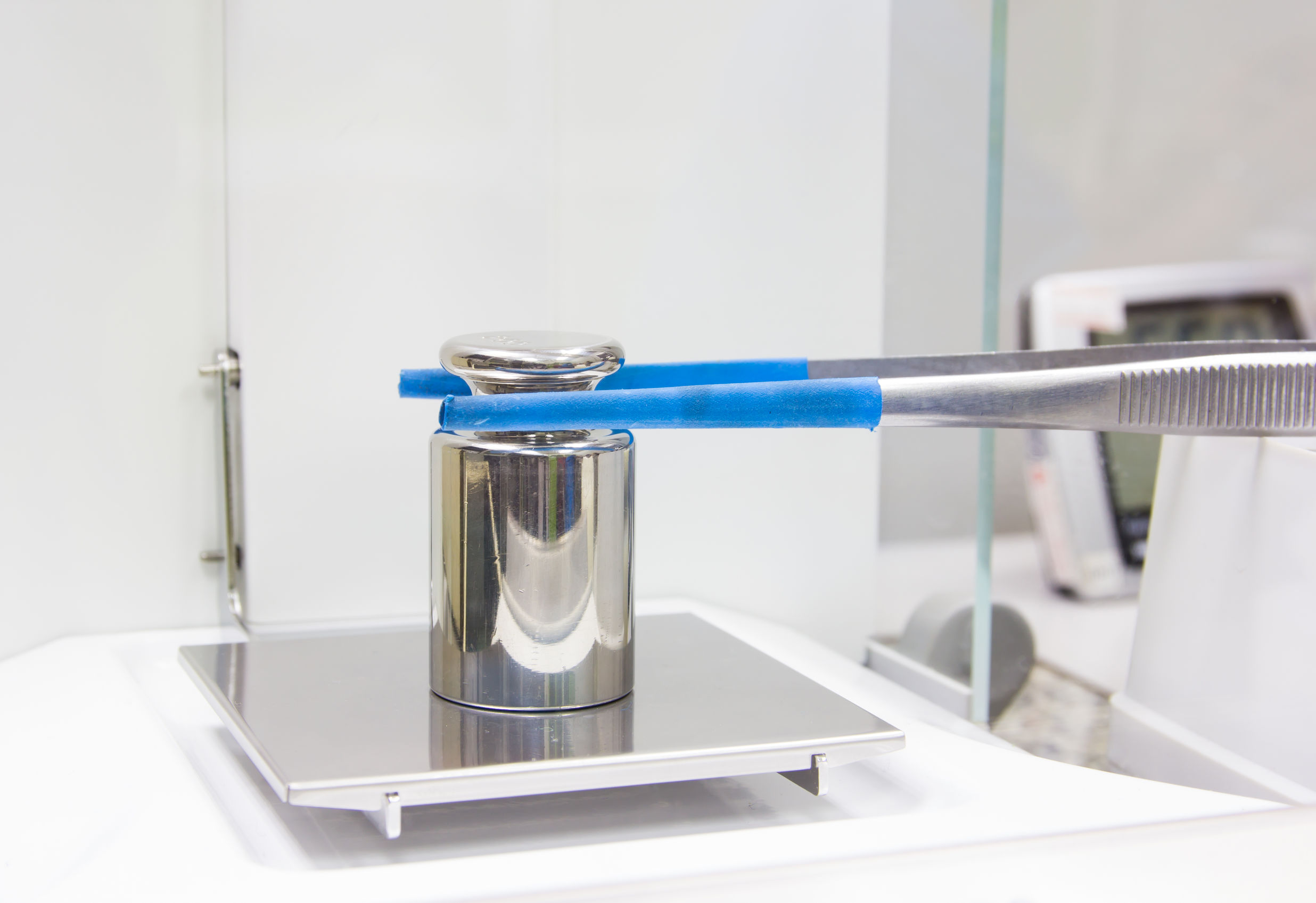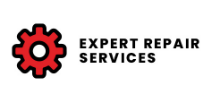8 Simple Steps for Maintaining Your Scale and Avoiding Costly Maintenance
Posted by Seth V on Nov 24th 2019
Scales are an excellent tool for keeping a processing system operating efficiently. However, if there are operator errors, breakdowns, or inaccurate weight readings, the processes and systems are slowed down or broken altogether. Stoppages result in extra incurred costs, further delays, and unhappy customers. The checklist below will help your scale operators maintain a working scale and prevent future unnecessary maintenance.
Organization
You need ample space to operate through your daily tasks. Make sure there are no objects around that could fall and damage your scale, thus resulting in expensive maintenance repairs. You also want to make sure that your work surface is stable and not flex when weight is applied. A surface that flexes can cause unstable weight readings.

Environmental Factors
Wind can also play a significant role in accurate weighing. Depending on the readability and accuracy of the scale, even a slight breeze could result in your inaccurate reading. The easiest way to test this is by powering on the scale and seeing if the weight fluctuates.
Cleanliness
A clean work space is imperative to the performance of your scale and process. Checking for binds is a vital part of daily operations. A bind occurs when an object blocks a scale from operating freely. A foreign object or debris most often causes a bind under the weighing pan. Check underneath the weighing platform if possible. It may also be something as simple as an item leaning on the pan surface or side.
Leveling
Leveling your scale before and during operation is essential. Most scales come with a leveling bubble, or spirit level, and adjustable feet. A scale technician always levels a scale before performing the calibration. If a scale is out of level, it causes the product being weighed to no longer be parallel with the force of gravity, which may result in inaccurate readings.
Power & Safety
You will need to ensure that you have the correct power supply. One of the most common issues we run into is a power cord tied in a knot, which can cause the cables inside to break over time. Make sure that the power cable is run through a safe area to avoid a tripping hazard. If tripped over or pulled on, you risk injury or pulling the scale off of the work space and breaking it. Charge battery-powered scales overnight to avoid unnecessary downtime the next morning.

Verify
Check when the scale was last calibrated to make sure it isn’t overdue. If you have calibration test weights for your scale, you can check that your scale is still accurate. Generally, if there is an issue with the calibration, you may want to contact your scale service provider for a diagnosis.
Calibration weights should also be tested regularly to verify they are the correct weight. Metrology laboratories utilize precision standards to check and calibrate other test weights, typically on an annual or biennial basis. Some industries may even require calibrations every 90 days.

8 Steps for Maintaining a Working Scale
1. Is your work space free of chemicals, oils, and unnecessary objects to allow ample room to work?
2. Is your scale free of binds?
3. Is your scale and work bench level and stable?
4. Is your work space free from strong drafts and vibrations that could cause the scale to drift?
5. Do you have the correct power source? Is it safe to use?
6. Is your power cord untangled and run through a safe area?
7. If battery-operated, is your battery charged?
8. Is your scale calibrated correctly? Is it overdue for calibration?
Download our Daily Scale Maintenance Audit template.





